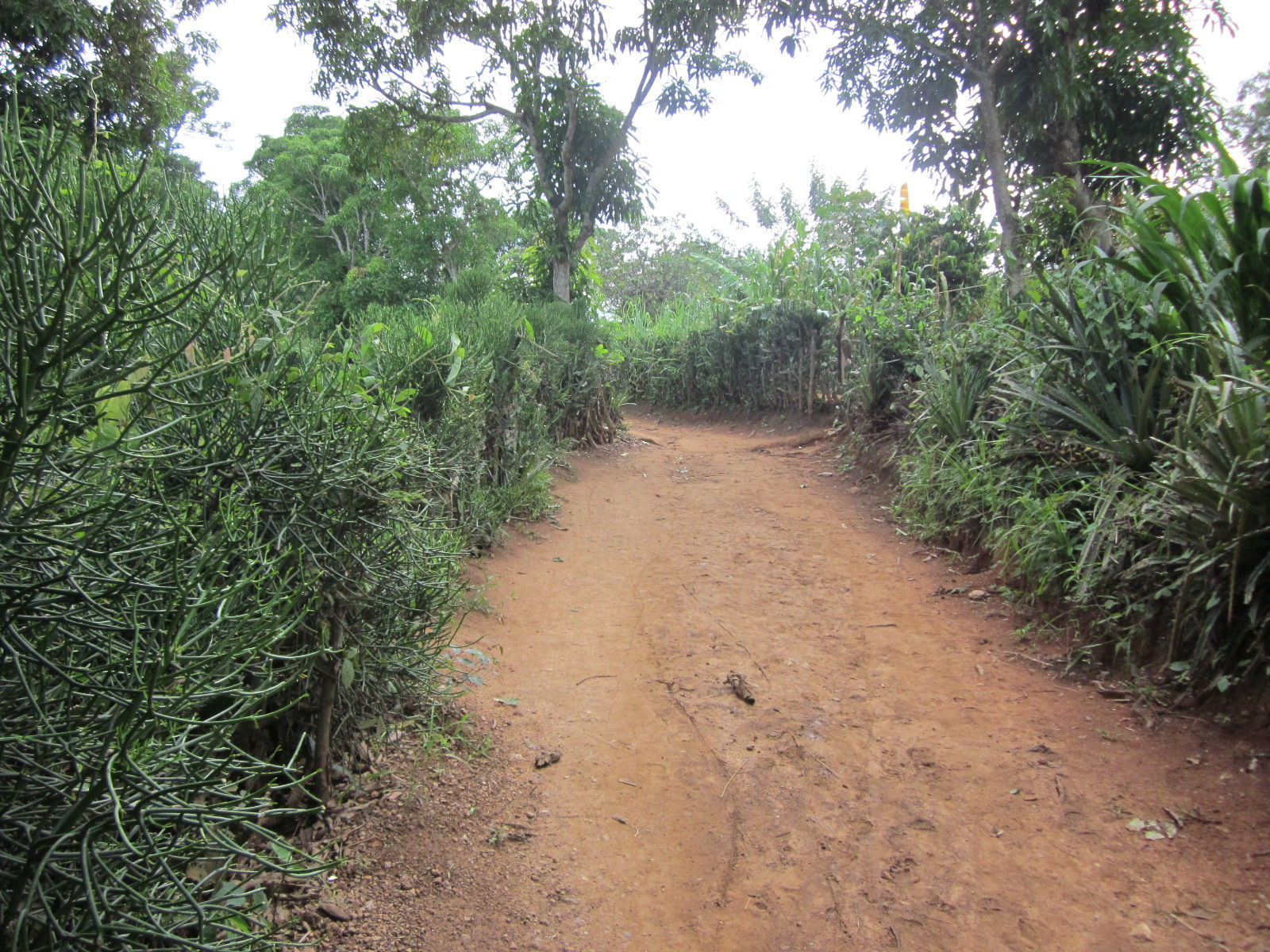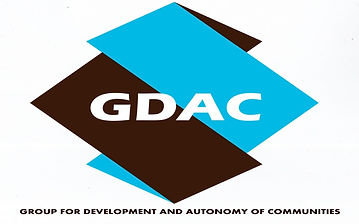Coffee!!
- Marcia Brower
- Oct 2, 2020
- 3 min read
So I used to drink tea, but now I drink coffee. I've been privileged to gain an education in coffee 101 because it grows in Mombin! I know that the coffee trees in Haiti can be genetically traced back to very old original strains of Arabica type coffees that the French brought with them in the 1700's. I know that they haven't been adulterated or overbred. I know that the farmers don't use pesticides or herbicides because they can't afford it and the coffee is pretty much organic because of that. I know that some of the coffee trees I saw in Mombin are over 20 feet tall!
I know now that there are two ways to process coffee. One is to pick the cherry off the bush and dry it on the ground, producing a coffee bean called "tile" coffee. The other is to pick the perfectly ripe red coffee cherry and "pulp" it the very same day by running it through a machine that separates the pulp from the bean. Then the bean is washed and washed and washed because the mucilage on it needs to be removed. Then it can be dried carefully and turned into "parchment coffee". This is the "wet" process of producing coffee. The bean with the parchment on it can be stored for months. But roasters don't want the parchment on the coffee so prior to shipping to a roaster, the parchment has to be stripped off. Then the beans are sorted for size and quality. Then they are bagged and shipped to the roasters who do their magic with them.
You can drink tile coffee. Rebo coffee company in Haiti uses tile coffee to make their coffee when they can't get enough ripe cherry coffee. But it has a harsh taste compared to the wet processed coffee. Wet processing removes most of the bitter aftertaste and allows other flavors to come through (at least, that's what they tell me). So roasters that are working to produce a flavorful quality coffee will pay more for a coffee bean that has been produced using the "wet" process.
Why is this important to our farmers? Because usually they sell their "tile" coffee by the "marment" (about the size of a coffee can) in the markets. A marment is about 2 pounds of dried coffee. 2 pounds of dried coffee takes about 24 pounds of cherries to produce (one pound of dry coffee beans can be produced from about 12 pounds of cherries). They can sell the marment for about $3.00 (about 300 goud) in the market. Or they can sell the 24 pounds of cherries for 25 goud per pound - about 600 goud. So there is a real advantage to selling the cherries.
We have conducted a survey of the coffee farms in our area to determine the potential for coffee production. The survey resulted in an estimate of potentially 36,000 pounds of coffee cherries that could be produced. That represents a potential of $9000 American dollars of income for our farmers. Of course this is our first year and we don't expect all of that. We will have bugs to work out of the acquisition and coffee processing procedures this year. Please pray for us as we begin this new endeavor !!
15 Nov 2020: We have good news and bad news. Eco Cafe has proposed that we form a co-op for coffee production which is a way for us to share the expenses and proceeds from the coffee harvest. This will allow GDAC to participate as a partner with Eco Cafe, not just as a source of coffee! The bad news - we learned last week that, for several reasons, Eco Cafe is cancelling their harvest of coffee this season. However, GDAC will process about 100 pounds of cherries from our area and Eco Cafe will help us get the dried coffee to a few roasters. This will help us develop our methods for collecting and processing the coffee so we can be fully prepared for next years harvest!


Comentários